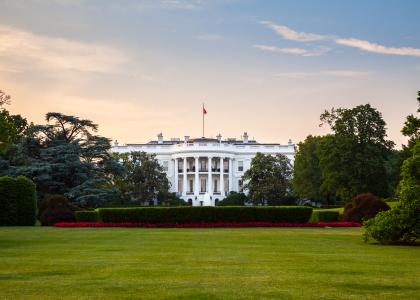The United States is seeing a promising upward trend in ultra-low energy (ULE) buildings. While much of this progress has occurred with new construction, it is beginning to spread to existing buildings. Over the past decade, a small but growing number of ULE building retrofit projects have been documented in more than 20 states.
This is great news, because a highly efficient building stock is one of the cornerstones of a prosperous clean energy economy. Today’s buildings consume roughly 40% of all energy used in the United States, and retrofits of existing buildings can produce sizable energy savings. To qualify as ULE, homes typically need to reduce energy intensity by 70-85%, while commercial buildings must do so by 60-70%.
In our new white paper, we explore retrofit progress in ULE buildings, which includes zero-energy homes and commercial buildings. We highlight initiatives and policies that are laying the groundwork for advanced retrofits that yield deeper energy savings. Some of these efforts demonstrate technical approaches for slashing energy use, establish technical guidance and energy intensity targets for ULE buildings, and certify post-retrofit energy use. Others aim to deliver deep retrofits at a larger scale.
These initiatives were developed and operate largely outside the realm of utilities and other traditional energy efficiency program administrators. Many, such as Passive House Institute US’s PHIUS+ certification, can serve as the technical basis for programs looking to expand deep retrofit activities and program investments. Others are pilots that could be adopted by programs, such as Vermont’s Zero Energy Now, which is now a part of Efficiency Vermont’s program portfolio.
Given the scale of the challenge, we will need a comprehensive set of complementary policies, programs, and initiatives, along with strategic research, to achieve a high level of ULE building performance in our existing building stock. Experience from these groundbreaking initiatives, coupled with broader lessons from building retrofit markets, provides useful insights into policy and program activity. Recommendations from the paper include the following:
- Set aggressive energy savings targets at the policy, program, and project levels to create a strong impetus for action
- Leverage existing policies and programs to take advantage of existing infrastructure and relationships
- Establish the right requirements and carefully designed policy mandates and program rules to improve project outcomes and scale up ULEB retrofit activity
- Meet customers where they are through flexible program offerings that address their needs and interests
- Call on the community to help build broader and deeper commitment to retrofits
- Engage occupants to ensure better retrofit outcomes and building energy performance
- Do the research needed to expand available solutions for more building types
By building on these recommendations, we can drive greater demand for ULE retrofits, as well as the mechanisms for delivering them.



